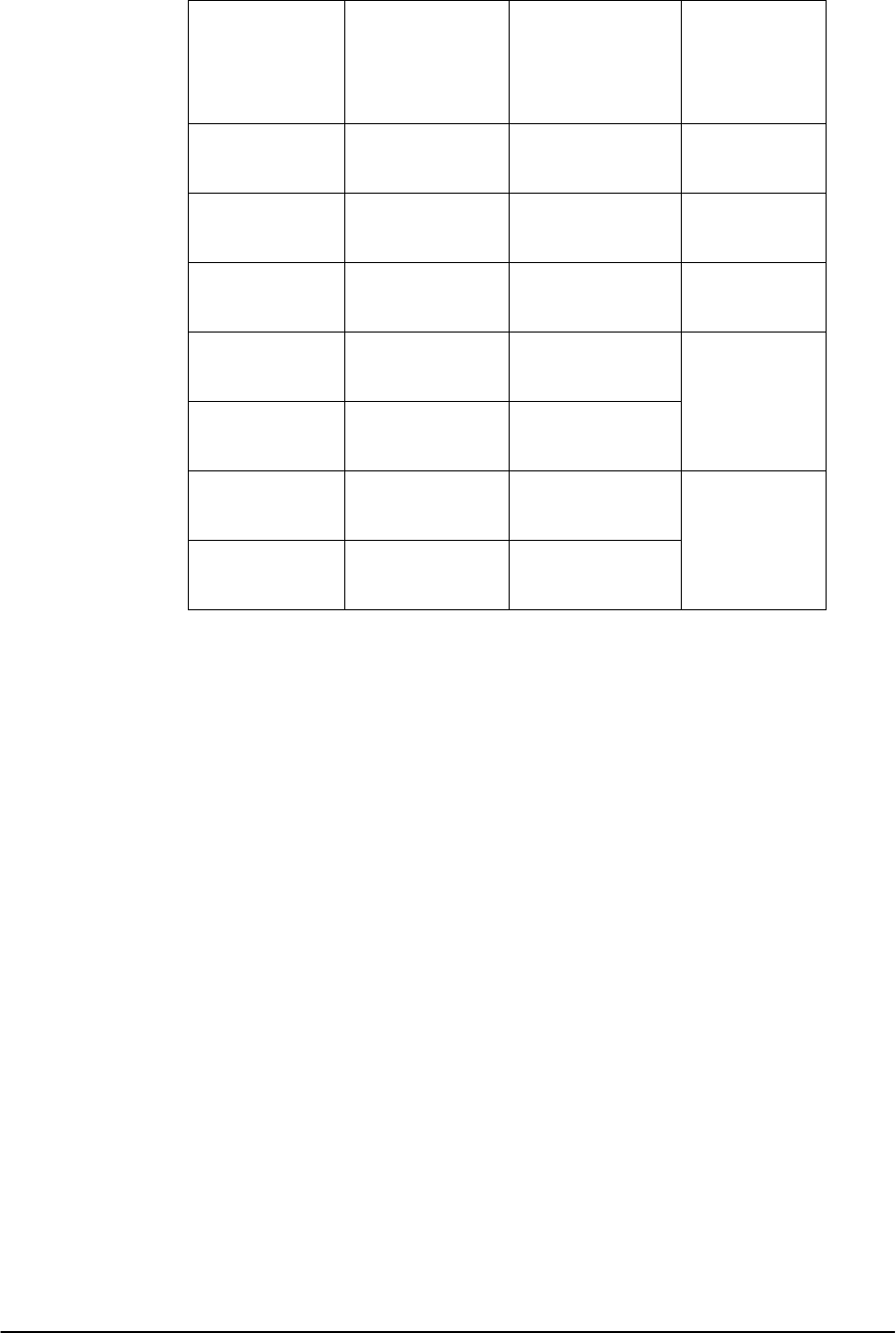
12 221 02-FGB 101 327 Uen C - December 2006
2.2.6 Frequency Bands (W21/W25)
The Ericsson W21/W25 support frequency bands as shown in the table
below:
Band
Frequencies
(MHz)
Conducted Rx
sensitivity
(dBm)
Conducted
Transmit
Power
(dBm)
Band I
UMTS 2100
Tx: 1920-1980
Rx: 2110-2170
< -109 +23
Band II
UMTS 1900
Tx: 1850-1910
Rx: 1930-1990
< -109 +23
Band V
UMTS 850
Tx: 824-849
Rx: 869-894
< -110 +23
GSM850
Tx: 824-849
Rx: 869-894
< -106
EGSM 900
Tx: 880-915
Rx: 925-960
< -106
+32 (GMSK)
+27 (8PSK)
DCS 1800
Tx: 1710-1785
Rx: 1805-1880
< -106
PCS 1900
Tx: 1850-1910
Rx: 1930-1990
< -106
+29 (GMSK)
+26 (8PSK)
2.2.7 Standard UMTS/GSM Antenna
The standard UMTS/GSM antenna is of quarter wave type (omni-directional
in the horizontal plane), with a gain of 2 dBi. The antenna is penta-band
supporting the 800/900/1800/1900/2100 MHz frequency bands. It is
attached directly to the W2x terminals via an SMA antenna connector.
2.2.8 UMTS/GSM Window Antenna
The standard UMTS/GSM antenna can be replaced with an UMTS/GSM
window antenna available as an accessory. This antenna is a penta-band
antenna operating in the 824-960 and 1710-2170 MHz frequency bands
with a gain of 2.15 dBi.
2.2.9 UMTS/GSM Roof Antenna
The standard UMTS/GSM antenna can be replaced with an UMTS/GSM
roof antenna available as an accessory. This antenna is a penta-band
antenna operating in the 824-960 and 1710-2170 MHz frequency bands
with a gain of 11 dBi with 0.5 dBi variation over specified bands.
2.2.10 SIM/USIM Interface
The W2x terminals have a plug-in SIM/USIM card connection.


















